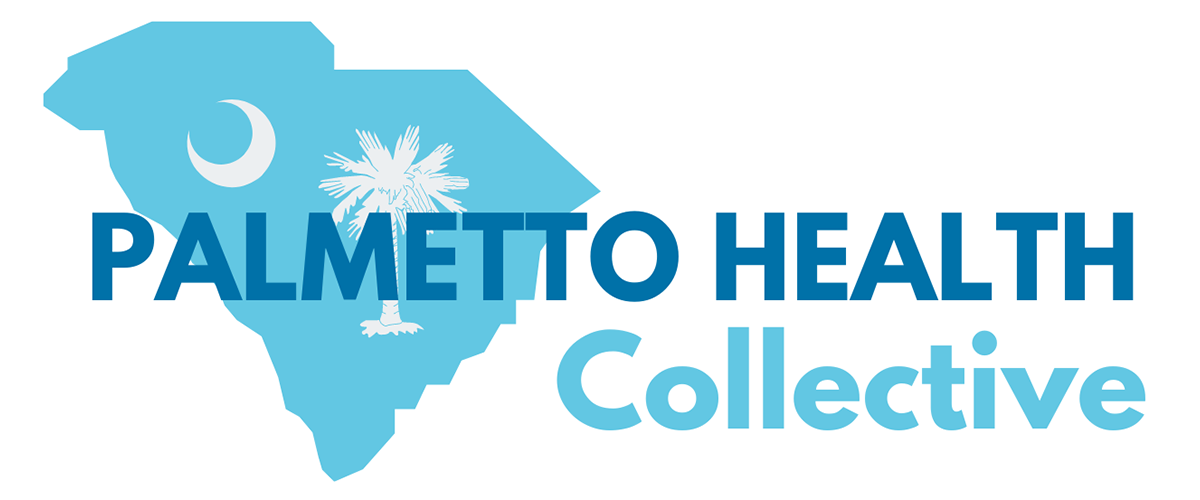With Congress discussing policy changes that would lower drug costs for patients and rein in powerful middlemen, insurers and their PBMs are dusting off their old playbook and once again threatening to increase costs for employers if required to do their job and actually provide meaningful coverage to patients. But recent remarks by one executive make clear that the PBM industry has a choice: protect its profits or lower costs for patients. It seems the PBM industry prefers profits over patients. According to a new report by STAT News:
“As Congress considers wide-ranging reforms to pharmacy benefit managers, a top executive at CVS Health, which owns one of the largest PBMs in the country, said the company would find ways to maintain its level of profit if those reforms to things like drug rebates went into effect.
‘There’s other ways in the economic model that we can adjust to if one of those things changes,’ Shawn Guertin, CVS’ chief financial officer, said at an industry conference Wednesday. ‘The other important part of this, if some of these things change, it could lead to higher costs for employers and health plans.’” (emphasis added)
There you have it. PBMs putting profits before patients.
Sadly, the threat of higher costs or premiums is one that insurers and PBMs frequently use to block reforms that would rein in their abusive practices and make insurance work like it’s supposed to. But there are a few key facts to keep in mind whenever we hear these scare tactics:
- Insurers and their PBMs are already imposing higher costs on employers and families. Kaiser Family Foundation (KFF) reports that this fall insurers have to pay back over $1 billion in excess premiums they’ve collected, and this follows $1 billion in excess premiums for 2022 and $2 billion in 2021. A 2021 KFF analysis found that the average family premium increased by 47% since 2011. Meanwhile, each year, states from New York and Iowa to Connecticut face double-digit premium increases from some of the nation’s largest insurers.
- Insurance companies get most of their profits from their PBM drug benefit business, while spending more premium dollars on overhead than medicines. According to the insurance industry’s own data, nearly 20 cents of every $1 spent on premiums go to insurance company profits and administrative costs, while just 11 cents of every premium dollar go to brand medicines. Prescription medicines are a small share of insurance costs, but they make up a large share of PBM and insurer profits. For example, one insurance giant generated more than $20 billion in profits from its PBM business.
- Making medicines more affordable by improving insurance coverage does not cause a spike in premiums. According to one Milliman study, allowing people with commercial insurance to pay for medicines based on the same negotiated price their insurer pays would impact premiums by just 1%. West Virginia recently passed a law to share negotiated discounts and rebates with patients at the pharmacy counter, and our own review of the state’s latest insurance rate filings shows that premium increases were in line with national trends, demonstrating that the law did not impact premiums.
With PBMs preferring profits over patients, let’s hope policymakers reject these scare tactics and continue to push for strong reforms that make medicines more affordable by holding PBMs accountable.

